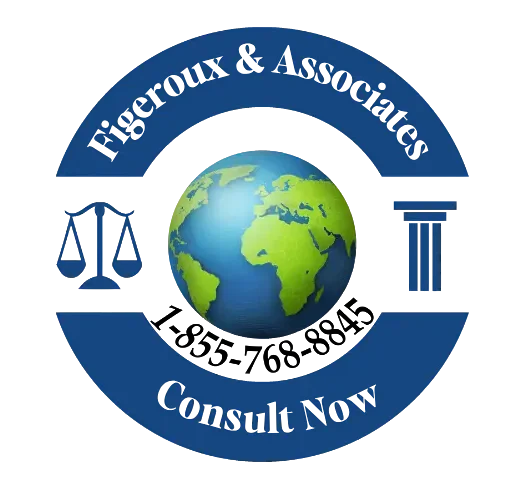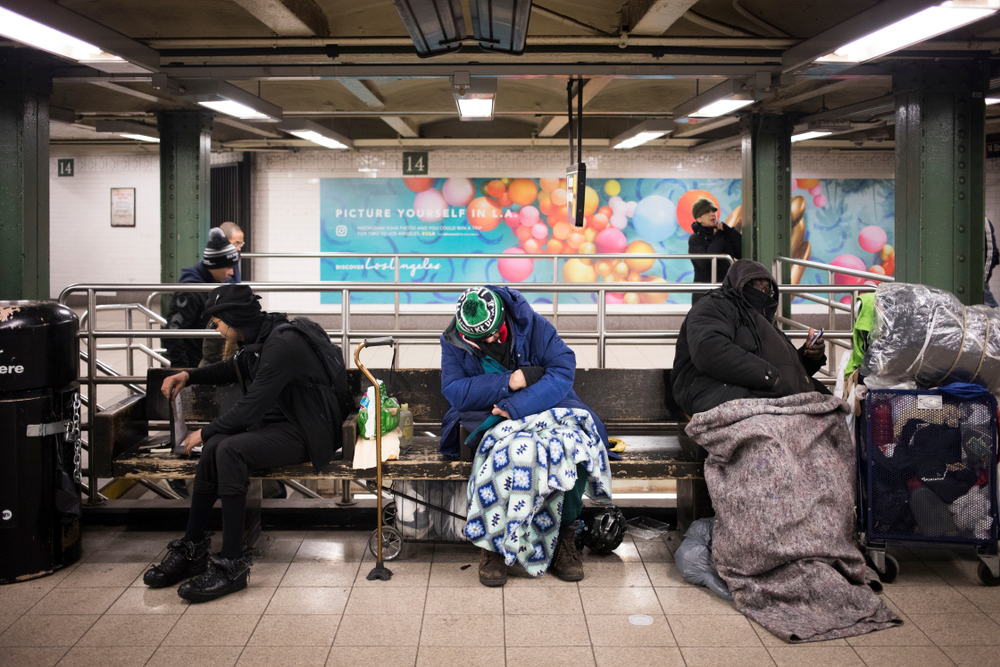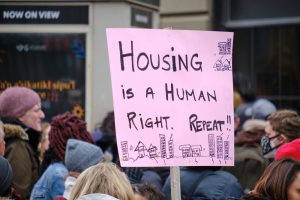Editorial credit: shu2260 / shutterstock.com
In a bustling city like New York, the right to safe, stable housing is fundamental, yet it remains out of reach for thousands. As the cost of living rises and economic instability grows, knowing one’s tenants’ rights and accessing homeless resources has become critical. New Yorkers face unique challenges, whether they are at risk of eviction, newly arrived migrants seeking asylum, or long-term residents grappling with homelessness. This guide offers empathetic, practical information about the tenants’ rights NYC provides and the wide range of homeless resources NYC has made available to support vulnerable individuals and families.
Tenants in New York City are protected by some of the strongest housing laws in the country. Understanding tenants’ rights is essential for maintaining housing stability. Under New York law, landlords cannot evict tenants without proper legal process, and tenants facing eviction have the right to a court hearing. Rent stabilization offers critical protections, limiting the amount rent can be increased and ensuring lease renewal rights for many residents. The Right to Counsel law also ensures that many low-income tenants have access to free legal representation in Housing Court. Furthermore, tenants are entitled to live in homes that meet basic health and safety standards; landlords must promptly address repair issues such as broken heating systems or pest infestations. Knowing where to turn for help is equally important—organizations like the Legal Aid Society and Housing Court Answers provide invaluable assistance. These legal protections and resources help ensure that New Yorkers can defend their right to secure, livable homes.
For those already experiencing homelessness, or those on the verge of it, New York City offers a broad network of support services. Every night, tens of thousands of New Yorkers find temporary refuge in the city’s shelter system. Understanding homeless resources NYC provides can make a significant difference in navigating these difficult times. The City Limits’ Homeless Shelter Census provides regular updates and statistics that paint a clear picture of shelter usage and capacity, highlighting both the ongoing challenges and the areas where more resources are critically needed. Information from the census empowers policymakers, advocates, and the general public to push for better services and systemic change. For individuals and families facing immediate need, the Department of Homeless Services (DHS) operates a variety of shelters tailored to different populations, recognizing that not every homeless New Yorker has the same needs.
Families with children facing homelessness have access to specialized shelter resources designed to provide not only housing but also stability. Family Intake Centers such as the Prevention Assistance and Temporary Housing (PATH) office help assess eligibility and connect families to available shelters. Once placed, families receive support services including case management, education advocacy, and access to childcare programs. The goal is not just temporary shelter but long-term stability through programs that address employment, education, and mental health needs. Ensuring children remain connected to their schools and support networks is a major priority, reflecting the city’s recognition that homelessness deeply impacts a child’s development and future.
Adult families—defined as related adults without minor children—face different challenges and are served through specific resources. The Adult Family Intake Center (AFIC) in Manhattan is the primary point of entry, where needs are assessed and shelter placements are made. Adult families often require assistance with health care, employment services, and benefits navigation, all of which are integrated into the support provided through shelters. Recognizing the varied and sometimes complex situations adult families face, the city has worked to tailor services that respect their dignity and promote self-sufficiency.
Single adults, often one of the most vulnerable populations, are provided with shelter resources that address a wide range of needs. Shelter locations for single adults include assessment shelters where individuals’ immediate needs are evaluated before a placement is made. Specialized shelters exist for individuals facing mental health challenges, veterans, seniors, and LGBTQ+ youth and adults. The shelter system for single adults often partners with workforce development programs, offering job training, resume assistance, and even interview preparation to help individuals regain independence and stability. Access to healthcare services and counseling is also a fundamental part of the support structure, aiming to provide holistic care that addresses root causes of homelessness.
For individuals who may not feel comfortable entering a traditional shelter, or who need a safe space urgently, New York City operates 24-hour drop-in centers for adults. These centers offer immediate relief: a place to rest, showers, meals, and social services without the commitment required for shelter placement. Locations such as the MainChance Drop-In Center and The Living Room are examples of safe, welcoming spaces where outreach teams can also connect individuals to longer-term resources if they choose. Drop-in centers bridge the gap between life on the streets and access to more stable support, making them critical components of the city’s response to homelessness.
The Coalition for the Homeless provides one of the most comprehensive independent guides to homeless resources in the city. Their resource guide lists shelters, soup kitchens, food pantries, job training programs, mental health services, and legal aid, making it an indispensable tool for anyone navigating homelessness in NYC. Beyond offering basic survival resources, the Coalition also advocates for systemic changes, pushing for expanded affordable housing, fair labor practices, and healthcare reforms.
In recent years, the arrival of migrants and asylum seekers has added new urgency to resource provision. New York City, known for its history as a city of immigrants, has developed specific resource guides to help newly arrived migrants and asylum seekers find shelter, food, legal assistance, and medical care. Programs coordinated by local nonprofits and city agencies work together to ensure that these new New Yorkers receive support in navigating their new lives, recognizing that migrants often face unique challenges such as language barriers, trauma recovery needs, and immigration-related legal complexities.
In conclusion, whether through tenants’ rights protections or through comprehensive homeless resources NYC offers, New York strives to uphold the dignity and well-being of all its residents. As the city continues to grapple with economic inequality, housing shortages, and a growing migrant population, informed citizens and robust social services remain critical. Understanding the available supports and standing in solidarity with our most vulnerable neighbors can help build a more compassionate, just city for everyone.
Click Here to Schedule a Consultation with Figeroux & Associates Today!



